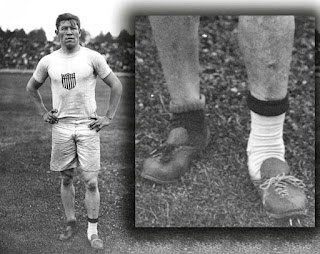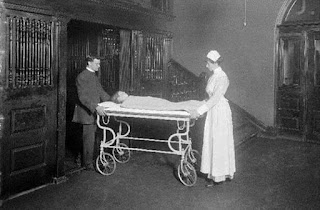The original Michelin Man from 1894. He was is white because rubber tires are naturally white.

The original Michelin Man from 1894. He was is white because rubber tires are naturally white. It was not until 1912 that carbon chemicals were mixed into the white tires, which turned them black. The change was structural, not aesthetic. By adding carbon, tires became more durable. Michelin also began reviewing restaurants so that more people would travel further distances in their cars to eat at these restaurants. This, in turn, would wear down their tires faster and force them to buy more. The star system that Michelin uses goes up to three and is broken down by whether or not it's worth driving to the restaurant: One star: "A very good restaurant in its category" (Une très bonne table dans sa catégorie) Two stars: "Excellent cooking, worth a detour" (Table excellente, mérite un détour) Three stars: "Exceptional cuisine, worth a special journey" (Une des meilleures tables, vaut le voyage).



